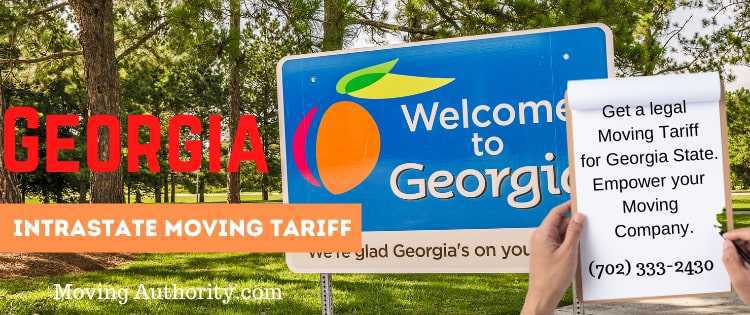
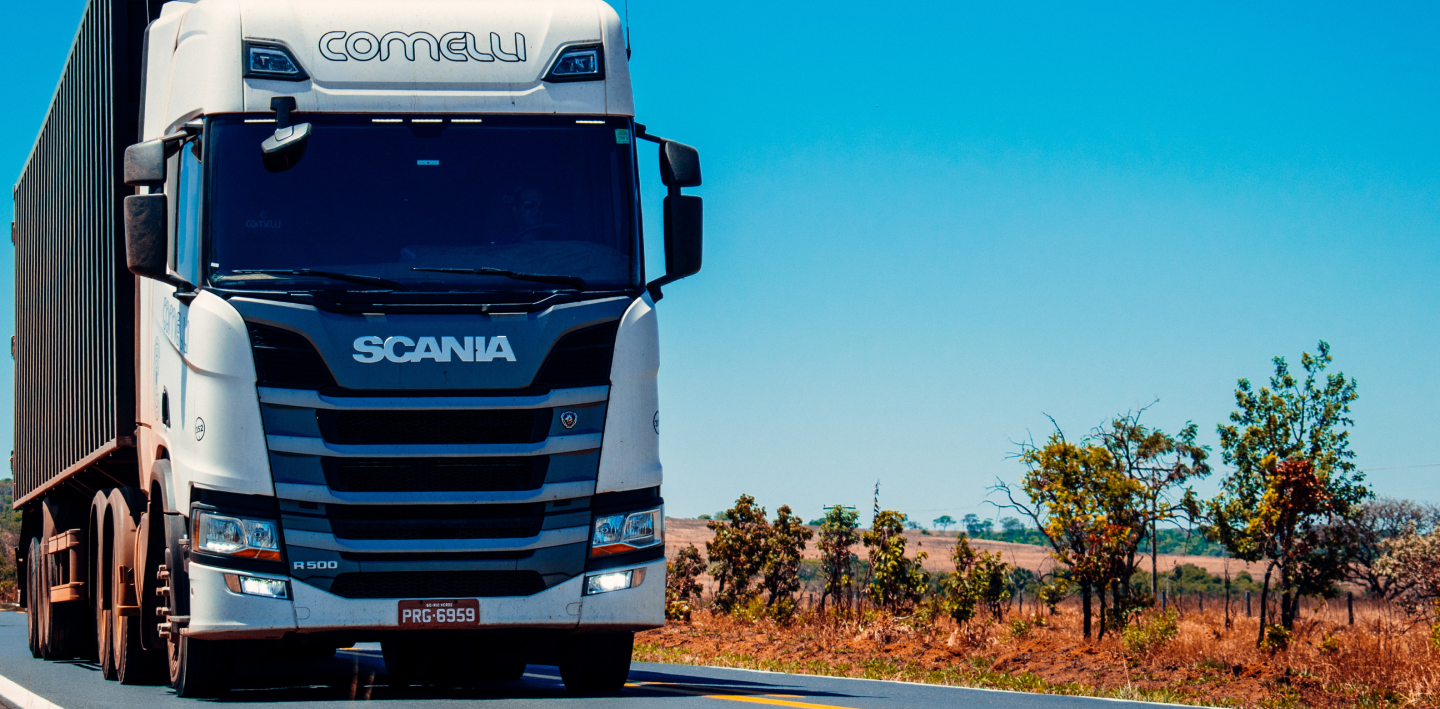
Georgia Intrastate Moving Tariff $595
$ 595.00 Only


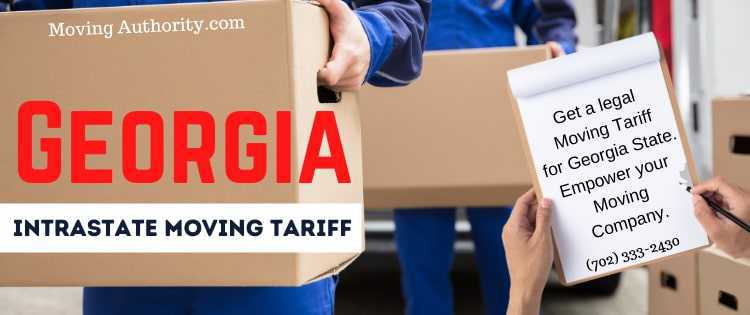
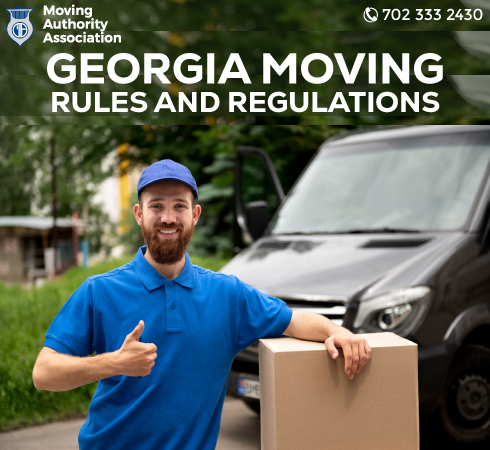


Product Code: 46
Product Description











Product Code: 46



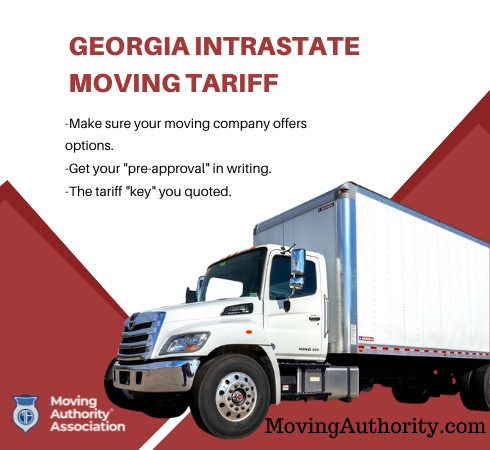
Click on Employee Packet. Do you need help creating or understanding Georgia intrastate moving tariffs? If so, you're in the right spot. Our organization can take care of all your tariff-related needs. From creating moving tariffs on your behalf to providing moving tariff guidance. Let’s go over the basics of Georgia intrastate moving tariffs. Please visit BOC 3 Filing.
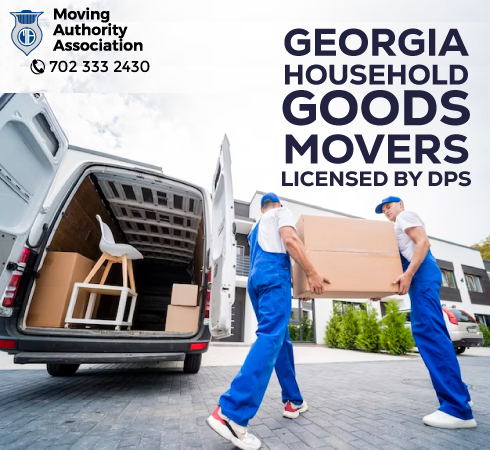
A Georgia intrastate moving tariff applies only to intrastate traffic. This refers to the following three concepts for household goods movers.
1. The traffic has to originate within Georgia.
2. The address of the destination has to stay within Georgia.
3. The entire transportation of a move must stay within Georgia.
This is a law put in place by the Georgia Department of Public Safety. And it’s enforced as part of the Household Goods Carrier Certificates. Georgia motor carrier regulations are part of MCCD regulation compliance.
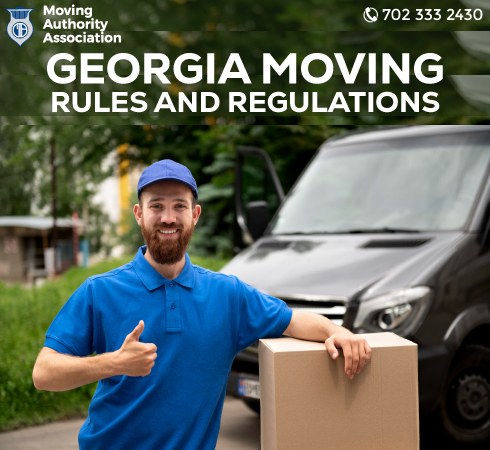
A moving tariff features each carrier’s rates. A tariff also contains a list of rules and charges that govern each shipment. The terms of those rules and charges do not vary. A moving tariff helps reserve a carrier’s right to apply extra charges. This takes place when more moving services get performed. A tariff positions a carrier to apply charges. The tariff charges get based on the specific weight of the transported items. Find out what is under arbitration.
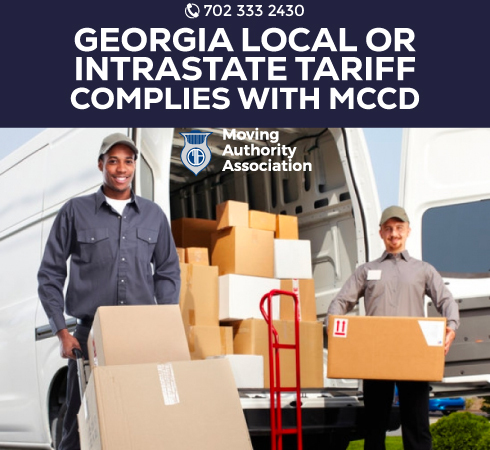
It is against the law to move at night in most US states. Georgia is no exception. Moving at night's prohibited in the state of Georgia. You could also face fines and penalties if you were to receive a noise complaint and loading or unloading late at night. That alone is a reason to only operate your moving services during daytime hours. Know about New Jersey Moving Company Tariffs.
Recent changes have taken place for Georgia local moving tariffs. The most recent change took place on March 8, 2018. This was when the state Board of Public Safety created a new maximum rate tariff. Click on Broker Freight Package.
The new tariff rate applies to all intrastate household goods movers within Georgia. After the vote, an Administrative Order put the new tariff into law. The new tariff replaces the previous Georgia Public Service Commission max rate tariff. Click on Broker Mover Package.
Household goods movers can no longer apply policies toward that outdated tariff.
Let’s go over the two important Georgia tariff changes that went into effect in 2018.
1. There is a 15 percent increase in maximum allowable rates.
2. There is a change in the default valuation approach. This applies to items moved by depreciated value up to a max amount for release value.
That rate is set at $0.60 per pound per article. Please call our firm today if you would like to view the new Georgia tariff policy. We can also supply you with a copy of the 2018 Georgia Administrative Order. Please visit Dot Authority.
- Learn about local moving tariffs for the state of New York, and New Jersey.
Please visit Company registration. Our organization works with the GPSC on a regular basis. (GPSC stands for Georgia Public Service Commission.) The GPSC regulates local and intrastate household goods movers. Our experience with the GPSC positions us to help all household goods movers in Georgia. We know how to help them get from point A to B in a legal and ethical manner. If you want to transport out of the state then you will need a USDOT number, MC Number as well. We have these Interstate Trucking authority packages.
So, let us know if you have any questions about Georgia's intrastate moving tariffs. We know tariff rules and regulations like the backs of our hands. Our team is only a phone call or email away at any time. Sure, we can build your Georgia intrastate tariff for you. Check out Movers Company Training.
But we can also assist your company with anything related to moving tariffs. Our experts can also make sure you have properly licensed vehicles and equipment. (This refers to the FMCSA, DOT, and all Georgia tariff laws.) Must check out Extra consultation with a tariff specialist.
We look forward to ensuring that your Georgia company excels at intrastate moving.
Leave a review
Take a few minute to give your value review about our product